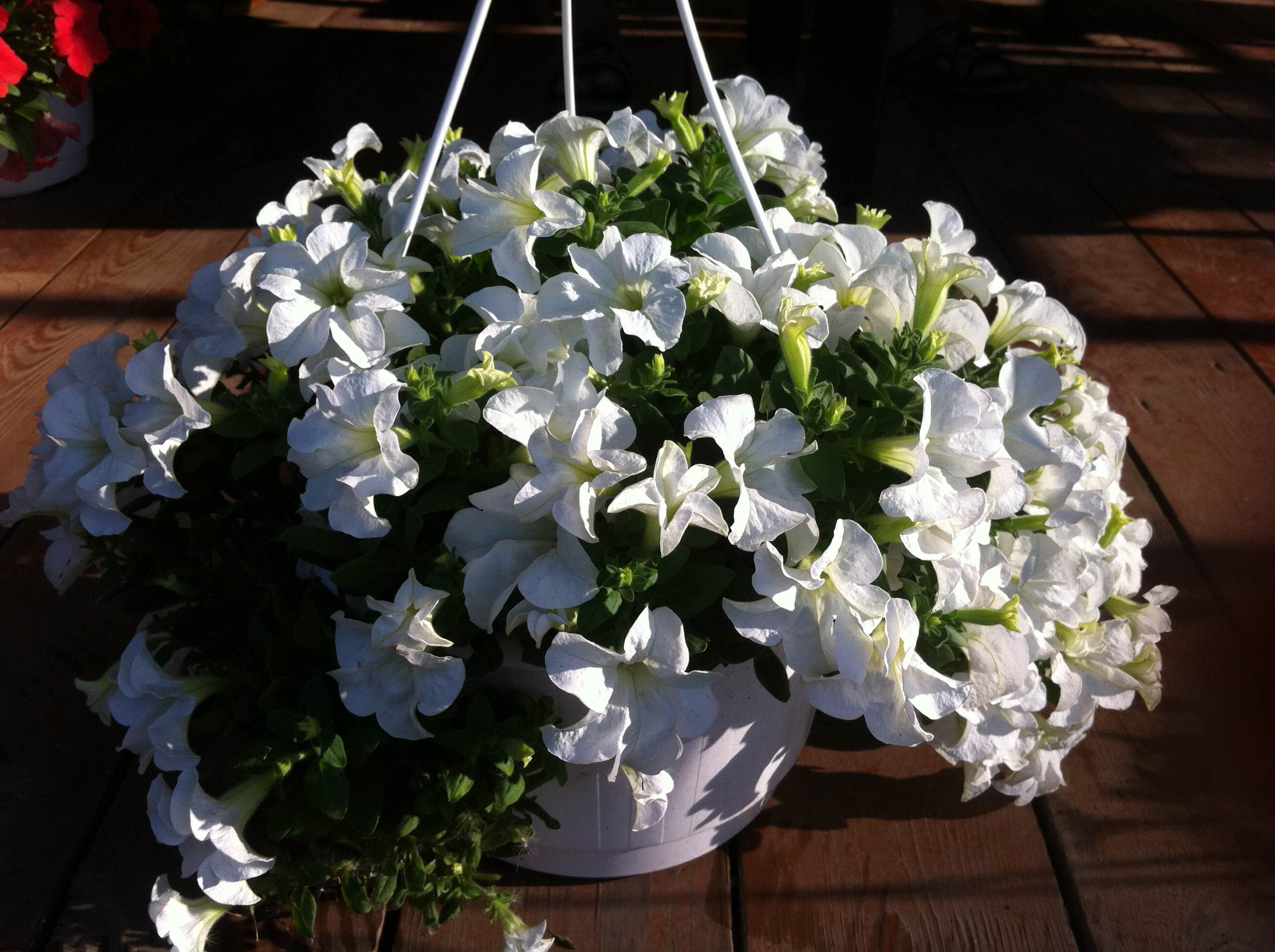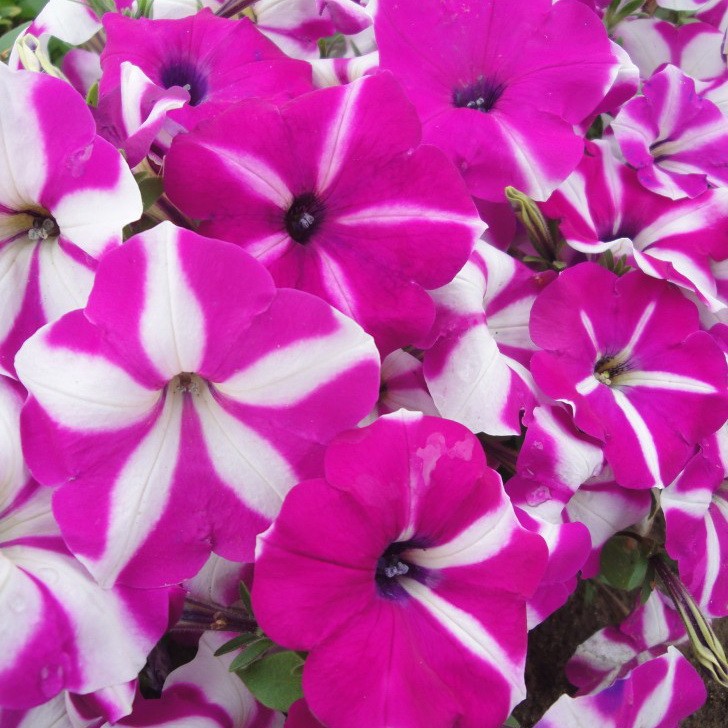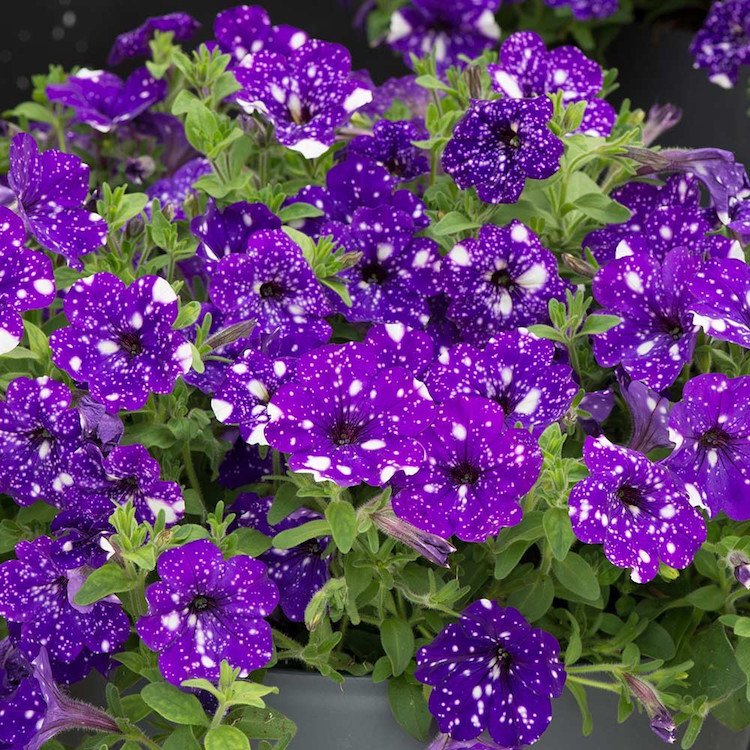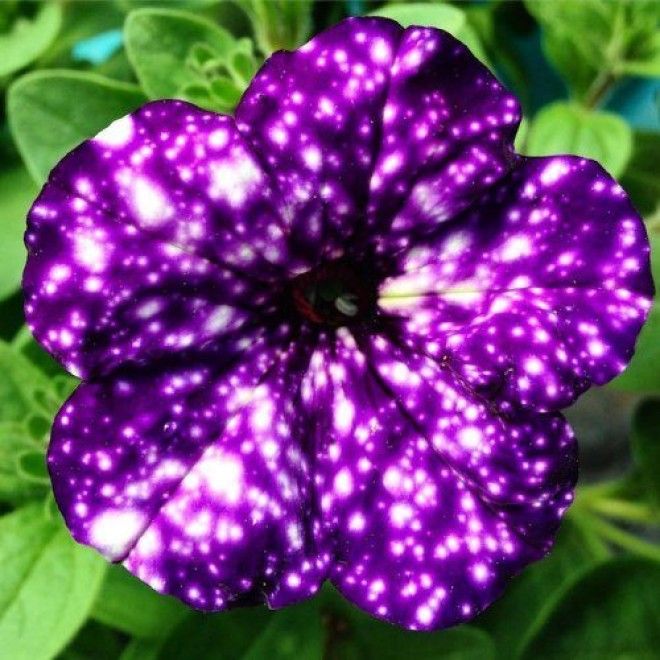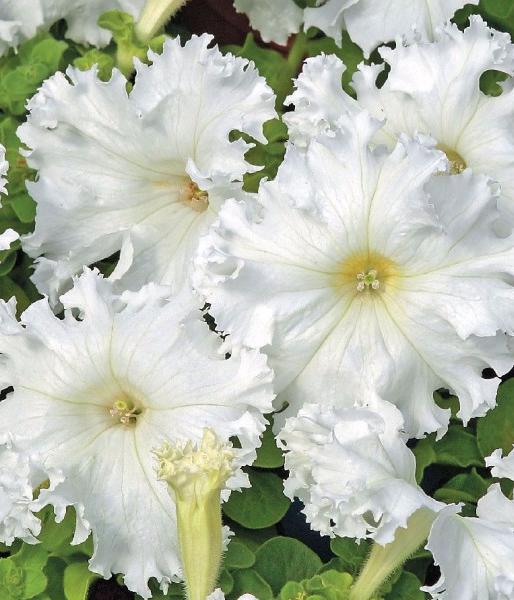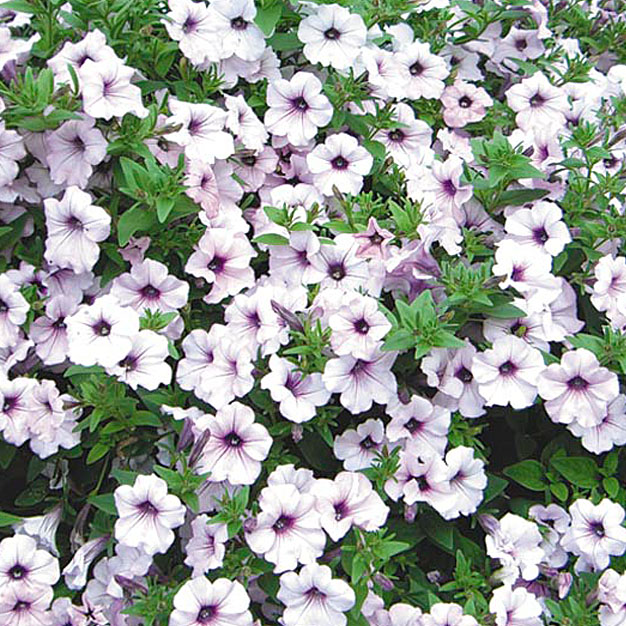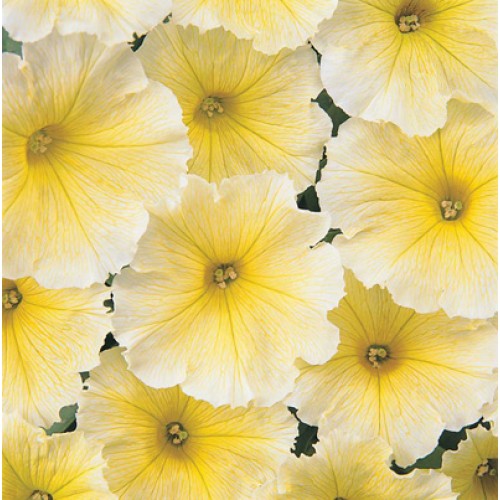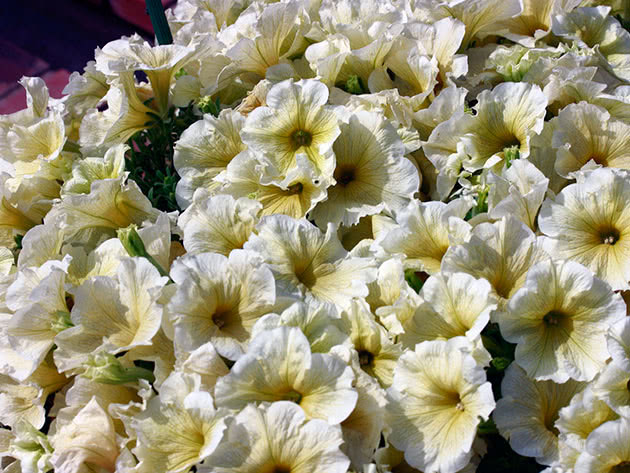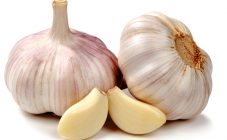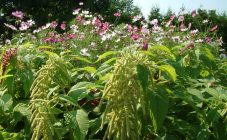The amazing petunia flower can be seen in almost every city in every corner of the world. Flower beds, terraces, balconies, containers, hanging pots - wherever this plant is grown. Breeders have done a great job and have created so many varietal varieties of flowers that it is difficult to understand them. What kind of petunias are there?
History of name and variety
When petunia first received a description from naturalist Jean Baptiste Lamarck in 1793, it was mistakenly named Nicotiana axillaris due to its resemblance to tobacco leaves. 10 years later, when other species were discovered, this flower was named Petunia ("tobacco" in Brazilian) and it was identified as an independent genus. Scientific Petunia, freely read in Russian, and stuck in it as petunia.
Currently, petunia is ranked in scientific works as a class of dicotyledons, the Solanaceae family, the genus Petunia. It is a flower that can be annual or perennial. It can trail along the ground like a herbaceous plant or have a semi-shrub appearance.
In addition to hybrid forms of petunias, about 25 species of flowers have been recorded. Petunia varieties are classified according to different characteristics:
| Feature classification | Name | Characteristic |
|---|---|---|
| Bush shape | Bush | Grows in a small bush. |
| Ampelnaya | Due to its flowing shoots, it is in demand by flower growers for growing in pots, baskets or flowerpots. Scourge of flowers can reach 1.5 m. It grows well and spreads like a carpet on flower beds. Its varieties: Waterfall, Wave of Fortune, Lilac Surf and a number of others. | |
| Semi-ampel | It is more often grown as a houseplant due to its compact lush form and relatively low height (no more than 40 cm). These include the variety Plush, Erfordia and others. | |
| Cascade | It grows strongly and has long lateral shoots up to 1.5 m without special pinching. The height of the shrub is no more than 50 cm. Looks good on terraces, in gazebos. | |
| Flower shape | Simple | Has one row of petals |
| Terry | The center of the flower is filled with petals of different shapes. | |
| Flowering type and flower size | Small-flowered (milliflora) | It stands out among other species for its compactness, small (no more than 4 cm) flowers. It tolerates precipitation well, flowers do not fall off. Blooms profusely. |
| Large-flowered (grandiflora) | Petunia Grandiflora unites more than 100 varieties and hybrid forms. Notable representatives are: Typhoon, Cherry, Silver, Ramblin and Rose. It is thermophilic and requires special growing conditions. Poorly tolerates prolonged rains. The flowers reach a diameter of 10 cm. | |
| Multiflorous (multiflora) | Unpretentious, low-growing shrub, with flowers 6-7 cm in diameter. It blooms early, tolerates any type of soil. Care is simple: regular watering and periodic feeding. | |
| Abundant flowering (floribunda) | Looks great in large flower beds. It is characterized by the presence of many large inflorescences. Resistant to bad weather. |
There are many F1 hybrid forms that stand out with much more lush inflorescences. In addition, they are more adapted to external weather disasters. Hybrids do not reproduce by seeds. This conditional classification allows you to get a poor idea of the diversity of petunia species.
The best modern varieties
Petunia Baskin Robins Grandiflora is distinguished by the fact that its flowers have bright stripes. The flower grows up to a height of 40 cm, compact. It is often used as a perennial.In this case, for the autumn-winter period, pots or flowerpots with it are transferred to a room with a temperature of no more than 16 ° C, thoroughly cut off and reduce watering. Additional lighting is required during wintering.
When sowing seeds at the end of February, the bush blooms in May. The seeds are very small, they are sown without burying them in the soil and covered with glass. No additional lighting is required. At a soil temperature of 20-25 ° C, seedlings appear in 1-1.5 weeks.
When stable warm weather is established, young seedlings are planted in flower beds, in pots or pots and taken out into the open air. Petunia tolerates drought well, loves light and fertile loose soil. Perfect for growing as curbs, on balconies, in flowerpots and just in flower beds.
Petunia Night Sky Petunia stands out for its unusual color of flowers, which resembles a picture of the night starry sky. Purple flowers are covered with bright splashes of white spots, reminiscent of celestial planets at night. The height of the bushes is up to 40 cm, the hanging length of the branches is up to 1 meter. Kidney formation is ongoing.
There is information that the unique patterns on the petunia Night sky are due to the large differences in night and day temperatures (about 25 ° C). The variety was bred in 2015. A medium sized bush with good branching and early blooming.
Petunia can be grown in hanging baskets and flowerpots. Propagate petunia Night sky only cuttings. For this, the stalk is selected with a length of 10 cm, which has 2 nodules. The cut site is treated with Kornevin and placed in water to form roots.
After 2 weeks, the flower is transplanted into small pots for rooting. Then you can plant the plant in open ground. The soil should be light and fertile, consisting of peat, humus, leaf and sod land in equal proportions, mixed with a small amount of sand.
It develops well in partial shade with diffused light for 12-13 hours a day. The optimum daytime temperature is 36-38 ° C, at night - not lower than 10 ° C. For the first time, the flower is fed with phosphorus fertilizer to form roots.
For the ripening of the buds, potassium is fed. Complex fertilizers are applied during flowering every fortnight. With proper care, the flower will delight with its beautiful appearance until frost.
Petunia Lightning Sky is a novelty in 2018. It was created by German breeders. Each flower has a unique pattern: the white center smoothly turns to the edge of the petals in a dark crimson color with light spots. The variety has an early flowering and branches well (up to 1 m).
Petunia Black Velvet was bred by British breeders and was successfully cultivated by gardeners in 2011. Experiments by Stuart Lowen over 4 years have led to the creation of this amazing variety that does not have any genetic modifications.
Black petunia is unusual and attractive to humans. Before the appearance of this variety, there was no black petunias, because all previous color options were painted in a dark purple color.
Petunia F1 White frillitunia is an annual plant up to 30 cm in height, which is perfect for cutting. Petunia creates an airy effect with its petals with corrugated edges. It blooms profusely, and in hanging containers looks like an unusual lacy cloud.
White petunia is sown with seeds in March under glass. They are kept at a temperature of 20-22 ° C. A week after emergence, the glass is removed. After the appearance of 2 true leaves, a pick is carried out in separate small pots. Saplings prefer good lighting and temperatures between 15-18 ° C.
Waterlogging should not be allowed.Every 1.5 weeks, the flowers are fed with complex fertilizer. Loves sunny open spaces and neutral fertile soil. Planting in a flower bed is carried out according to the scheme 30x40 cm.
Petunia Bluebird is characterized as a short, branching bush up to 30 cm high. The flowers are large (7-10 cm in diameter), blue in color, the edges are even. Propagated by seeds, getting seedlings for further cultivation. Sow in a container without pressing the seeds into the ground. Cover with glass from above, which is removed when sprouts appear (for 7-12 days). The flower prefers sunlight to shade and is not afraid of drought. Loves light, drained soils. This variety is used to decorate borders, seated in containers of several pieces on balconies and terraces.
Petunia Taidal belongs to the cascading species and is completely different from other varieties of this flower. It is not fragile, does not break under adverse factors (wind, rain), therefore it feels great in difficult climatic regions. It is a new type of perennial that is grown as an annual.
Lush bush, reaches a height of 55 cm, with many flowers. Scourges grow up to 1.5 m, flowers with a diameter of 5.5 cm are double and smooth. Petunia Tidal Wave is a separate species of ampelous flowers called Petunia Hedgiflora (giant petunia). The plants are hybrids. These Taydala petunias are subdivided into separate varieties:
- Wave Cherry is the fastest growing plant among Tidal wave. Young stems (up to 1.5 m), growing first upward, eventually cascade downward. The denser the bushes are planted, the higher the petunia. Ideal for lawn carpeting and for growing in large containers.
- Wave Silver is a popular annual, blooms from June to September, not suitable for cutting. In the process of growth, it acquires a dome-shaped shape, which retains the entire active flowering season. It is used as an ampel decoration in containers with a volume of 15 to 200 liters and a cover-creeping one, covering an area of up to 1.5 sq. m. It recovers well after rains and has a high immunity to fungal diseases.
- Wave Red Velor is perfect for home breeding and landscaping. Scourges grow quickly to 80-100 cm. A large number of dark red flowers with a diameter of 5-7 cm are formed on them. The plant requires a well-lit space. The flower is propagated by seeds. Pinching of shoots can be used to form a beautiful bush.
- Wave Purple Classic - undersized, no more than 18 cm high, ampelous petunia with large flowers (7.0-7.5 cm in diameter) grows up to 70-150 cm wide.For full growth of one plant, it is recommended to use a container with a volume 6-7 liters. To ensure abundant flowering, a complete fertilizing with complex fertilizer is required. Well suited for garden beds, hanging pots and floor planters.
- Shock Wave blooms profusely with burgundy flowers with a delicate velor tint. The diameter of the flowers is 4-5 cm. It perfectly tolerates unfavorable weather conditions. Petunia loves light, is drought-resistant, propagated by seeds. Seedlings appear in 2-3 weeks. For better formation of the bush, pinching of the lashes is used.
All varieties have a varied flower color:
- light lilac;
- blue;
- blue;
- Violet;
- snow-white;
- yellow;
- red;
- pink.
It is recommended to select a container for growing Taidal petunias with a volume of at least 30 liters. The main advantage of the Taidal petunia series is its simplicity in growing, relatively early flowering (it blooms 2 weeks earlier than other varieties).
In addition, it blooms evenly throughout the summer-autumn period and stands out with a strong sweetish aroma. She has only one drawback - poor seed germination.
Petunia Yellow F1 is a hybrid with large flowers (diameter 8-10 cm). White buds with curled edges of petals abundantly and continuously cover the bush from April to October.
This bush petunia grows up to 45 cm in height. The flower looks spectacular in high flowerpots, on flower beds and balconies. The seeds are sown at the end of February. Seedlings appear in 7 days.
Varieties of petunia Yellow can be called:
- Mirage yellow;
- Sun F1;
- Avalanche gold star F1;
- Berenice F1.
Amber Petunia fanfic is a multi-flowered (multiflora) petunia distinguished by a beautiful amber color of petals. What does petunia look like? It grows up to 30-35 cm and blooms profusely. Velvet flowers look like medium-sized funnels (diameter 5.5-6.5 cm). Looks beautiful in flower beds and ridges.
Amber petunia loves light, can tolerate short-term drought. When growing, her soil needs nutritious and light. Seeds are sown at the end of February, moistened and covered with glass.
The temperature is maintained at 18 ° C. At the first emergence of seedlings (after 2-3 weeks), the glass is removed. The pick is carried out after 2 real leaves are formed. They are planted in open ground when warm weather is established. When purchasing seeds, it is necessary to pay attention that the packing time is indicated on the pack with seeds. The shelf life of seeds is 3 years.
Some features of petunias
Petunia does not require special care for itself. Modern varieties are unpretentious, can easily tolerate waterlogging, but not stagnant water. They prefer drained soils. They grow on fertile soil and not very much. Only in the latter case will it be necessary to regularly feed it for abundant flowering with complex fertilizer.
In the southern regions, petunia is able to recover by self-seeding in the spring. The seeds are very small and suitable for sowing for 3-4 years. Large-flowered varieties and new ones are grown by seedlings. Breeders have calculated how many seeds are contained in 1 g: up to 10 thousand in small-flowered petunias and 5 thousand in large-flowered petunias.
The assortment of petunias of different varieties in stores is so huge that it is difficult for amateurs to make a choice. The priority when choosing should be not only the colors and shape of the flower you like, but also its purpose (for flower beds, pots and others) and growing conditions (shady side or sunny). After familiarizing yourself with the classification of petunias and popular varieties, it will be easy to choose a flower in accordance with your preferences.
